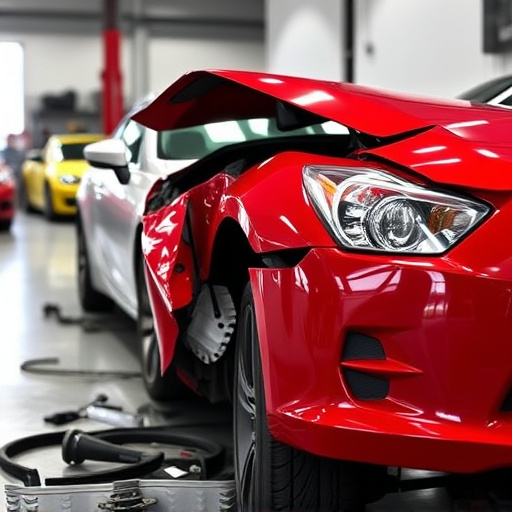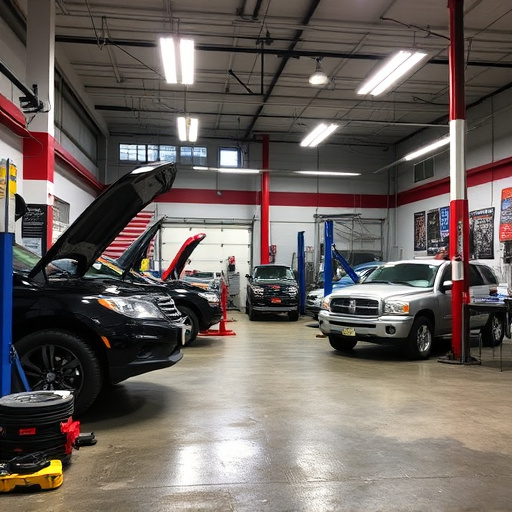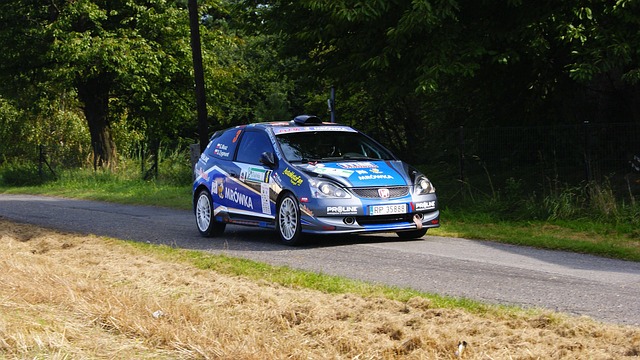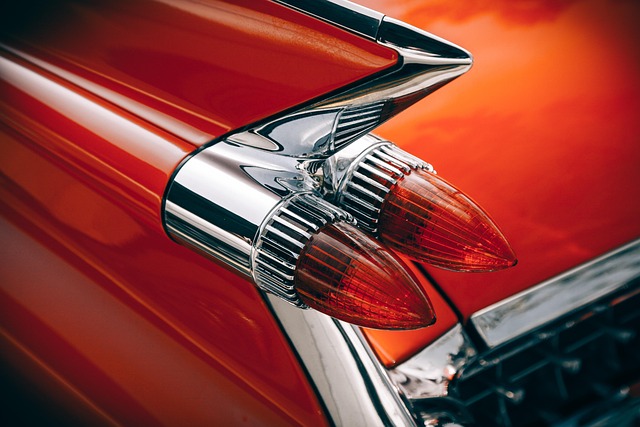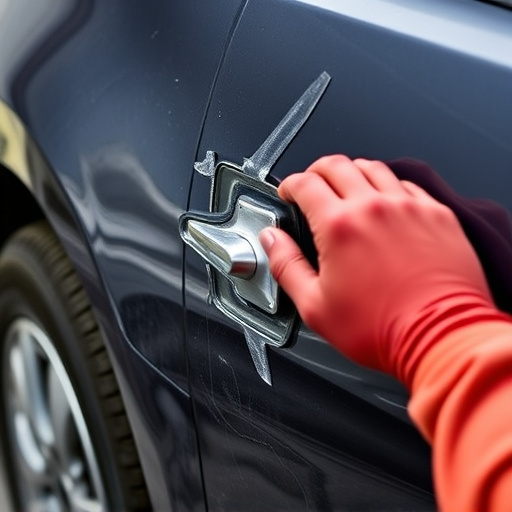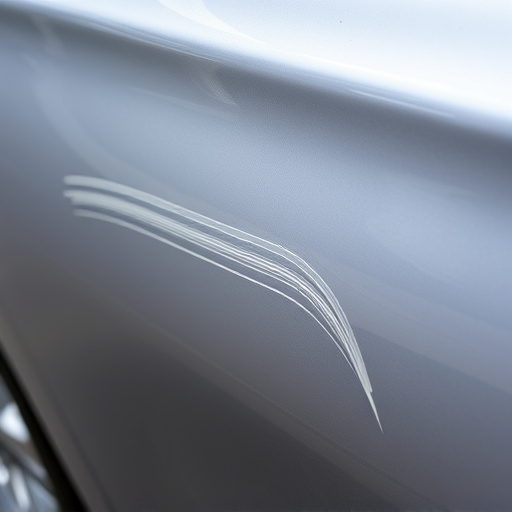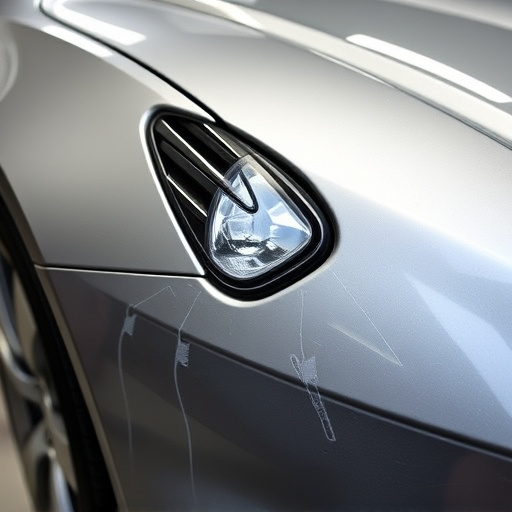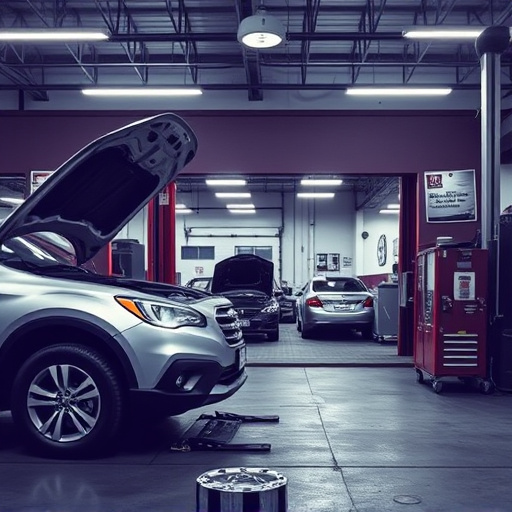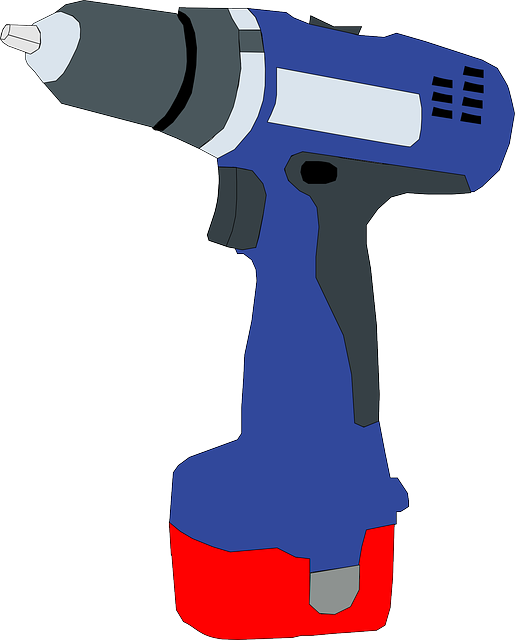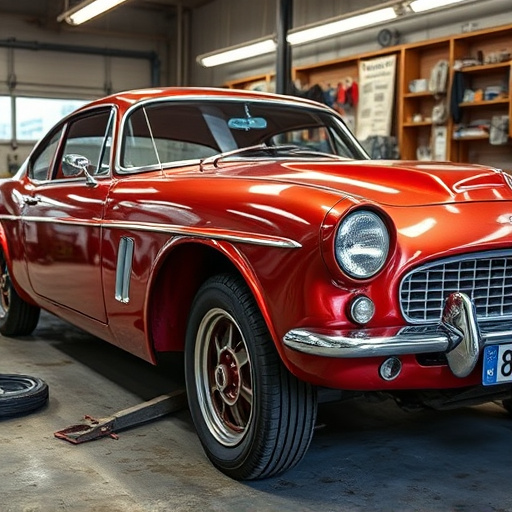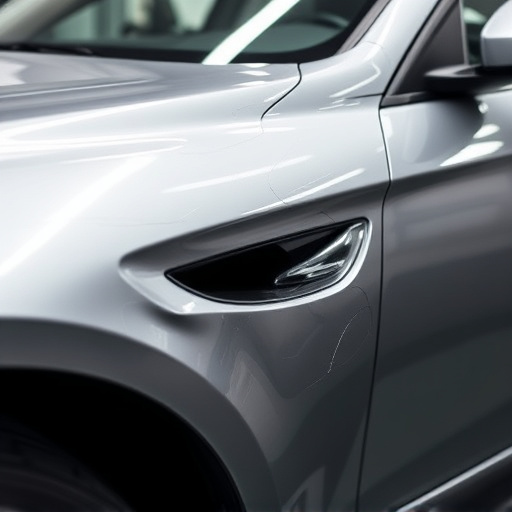Modern auto accident repair facilities leverage advanced technologies like CAD software, 3D imaging, and sensor data for precise damage assessments and holistic vehicle condition analysis. They employ cutting-edge materials such as polymers and composites, as well as sophisticated fabrication methods, to ensure superior repairs that restore structural integrity and optimal performance. Skilled technicians use specialized tools to restore and recalibrate advanced safety features, integrating traditional craftsmanship with modern innovations for both aesthetic appeal and functional safety after accidents.
In today’s digital age, modern auto accident repair facilities have embraced advanced tools and technologies to elevate their services. From high-tech diagnostics for precise assessments to cutting-edge materials and fabrication techniques, these innovations ensure optimal vehicle restoration. Additionally, the integration of advanced safety features further strengthens the overall quality of repairs. This comprehensive exploration delves into how these state-of-the-art practices are redefining the landscape of auto accident repair.
- High-Tech Diagnostics for Accurate Assessments
- Cutting-Edge Materials and Fabrication Techniques
- Advanced Safety Features Restoration and Integration
High-Tech Diagnostics for Accurate Assessments

Modern auto accident repair facilities leverage high-tech diagnostics to ensure accurate assessments and precise repairs. These advanced tools, such as computer-aided design (CAD) software and sophisticated scanning systems, enable technicians to identify damage with unparalleled precision. By integrating data from various sources like sensor readings, 3D imaging, and historical repair records, these systems provide a comprehensive view of the vehicle’s condition post-accident.
This technology extends beyond mere visual inspections, delving into the complex interworkings of modern vehicles. For instance, specialized equipment can detect minute discrepancies in alignment, fluid levels, and electronic components—aspects critical for mercedes benz collision repair or any car bodywork services. As a result, vehicle body shops equipped with these high-tech diagnostic tools deliver superior repairs, ensuring that each car leaves the shop not only structurally sound but also performing optimally.
Cutting-Edge Materials and Fabrication Techniques

Modern auto accident repair facilities leverage cutting-edge materials and fabrication techniques to ensure swift and precise restoration of vehicles. Advanced polymers and composite materials are increasingly used in collision repair due to their superior strength-to-weight ratio and durability. These innovative materials not only reduce the overall weight of vehicles, contributing to better fuel efficiency, but also enhance safety by providing improved impact resistance.
In addition, sophisticated fabrication techniques such as laser cutting, robotic welding, and 3D printing have transformed body shop services. Laser cutting offers unparalleled precision in shaping metal panels, while robotic welding ensures consistent, high-quality joints. 3D printing adds a new dimension by enabling the creation of complex geometric components, facilitating both repair and custom design. This blend of advanced materials and fabrication methodologies elevates the capabilities of car repair shops, ensuring that vehicles not only look like new but also perform at their optimal levels after an accident.
Advanced Safety Features Restoration and Integration

In modern auto accident repair facilities, advanced safety features are no longer an optional addition but a crucial element in the overall restoration process. As vehicles become increasingly equipped with sophisticated systems, such as collision avoidance sensors, advanced airbag mechanisms, and complex computer networks, the integration of these technologies into repair procedures is essential. Skilled technicians employ specialized tools to meticulously restore and recalibrate these safety features, ensuring they function optimally after an accident. This meticulous process involves precise adjustments and thorough testing to maintain the vehicle’s original safety standards.
These advanced safety feature restorations require a high level of expertise and dedicated equipment. Auto collision centers now invest in cutting-edge technology for dent removal and automotive restoration, enabling them to handle even the most intricate repairs. By combining traditional craftsmanship with modern innovations, these facilities deliver top-notch services, making the vehicles safe, reliable, and nearly indistinguishable from their pre-accident condition. This level of integration ensures that customers not only receive aesthetic enhancements but also peace of mind, knowing their vehicle’s safety systems are fully functional after an auto accident repair.
Modern auto accident repair facilities leverage advanced tools, from high-tech diagnostics to cutting-edge materials and fabrication techniques, to ensure precise assessments and restoration. These innovations not only enhance the safety of vehicles but also provide a seamless experience for customers. By integrating advanced safety features, these facilities are redefining the standard for auto accident repair, ensuring that vehicles return to the road as safely and efficiently as possible.
